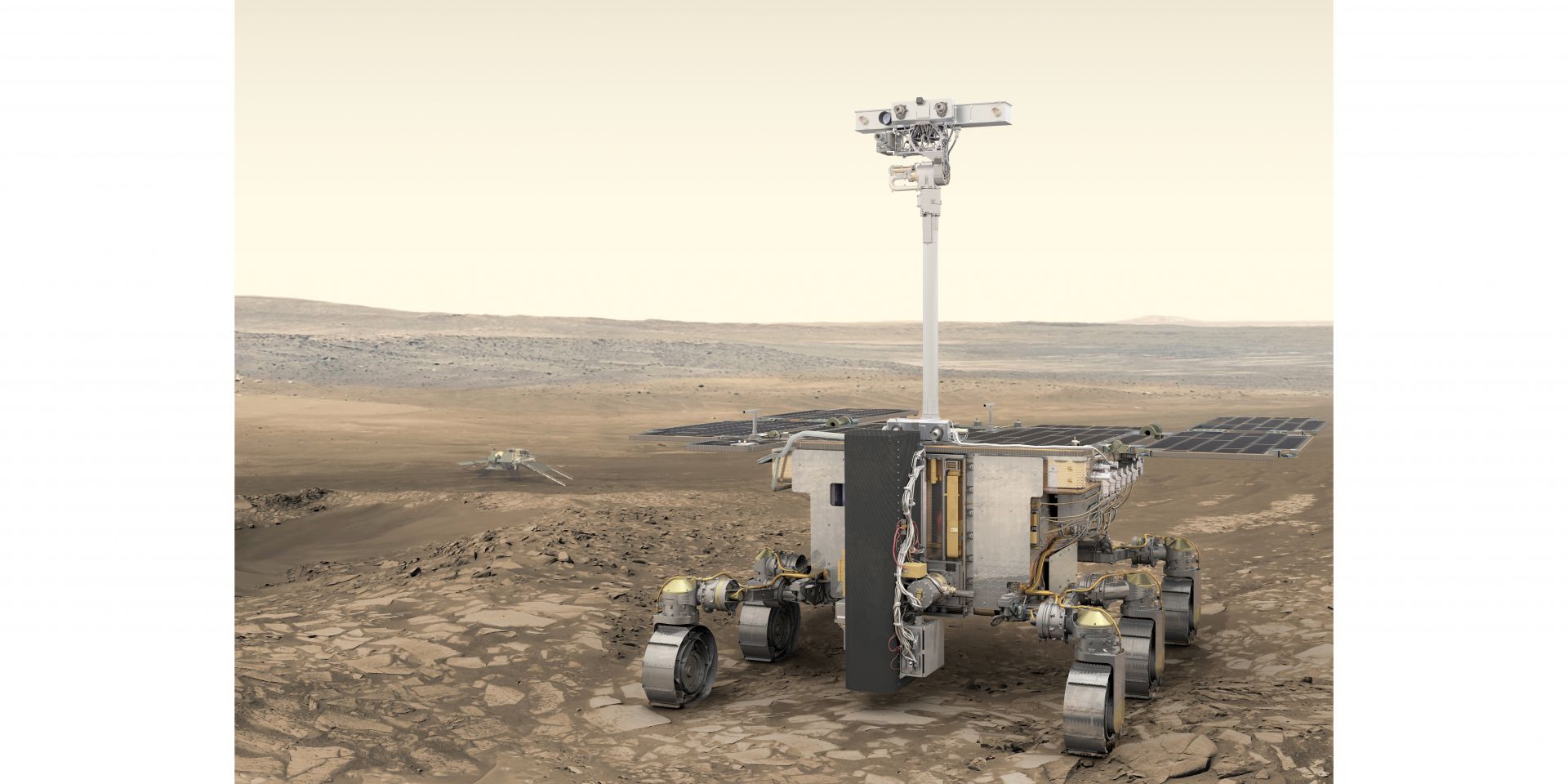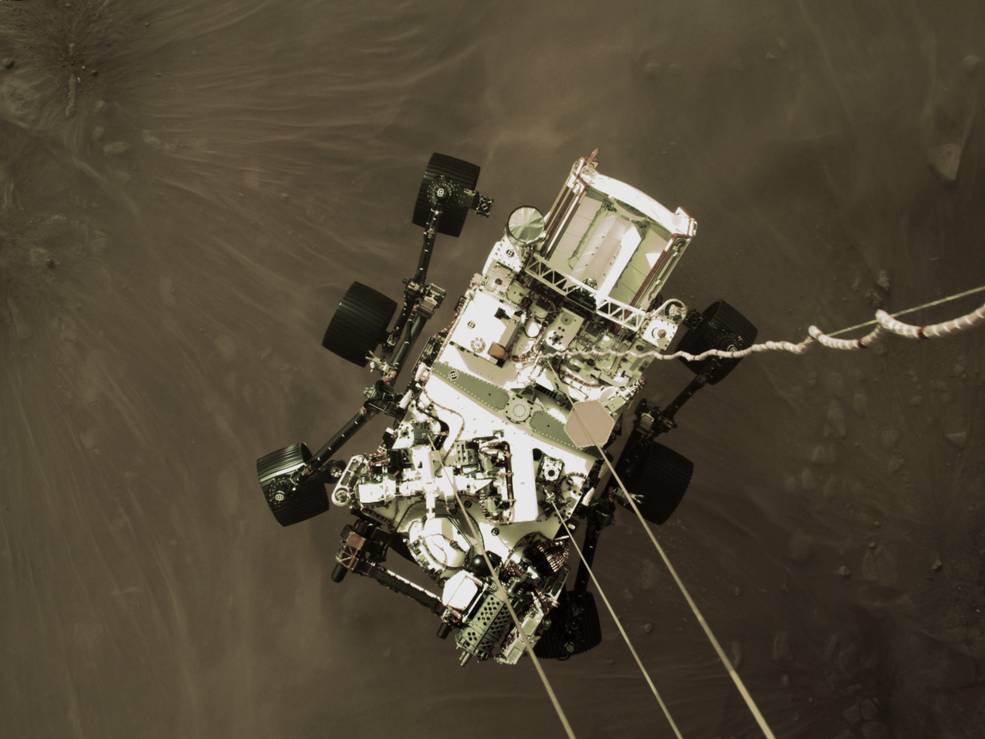Americium-241 heat source planned for Mars rover in a space exploration first

Europe’s first Mars rover—named Rosalind Franklin—was months away from a planned September launch when the European Space Agency (ESA) convened a meeting a few weeks after Russia’s February 2022 invasion of Ukraine. The ESA Council unanimously agreed on “the present impossibility” of working with Roscosmos as its launch partner and later decided to reboot its ExoMars mission with a new lander, new partners, and a new launch date.






 Cassini-Huygens is a Flagship-class NASA-ESA-ASI robotic spacecraft sent to the Saturn system. It has studied the planet and its many natural satellites since its arrival there in 2004, as well as observing Jupiter and the Heliosphere, and testing the theory of relativity. Launched in 1997 after nearly two decades of gestation, it includes a Saturn orbiter Cassini and an atmospheric probe/lander Huygens that landed in 2005 on the moon Titan. Cassini is the fourth space probe to visit Saturn and the first to enter orbit, and its mission is ongoing as of 2013. It is powered by a plutonium power source, and has facilitated many landmark scientific discoveries in its mission to the stars.
Cassini-Huygens is a Flagship-class NASA-ESA-ASI robotic spacecraft sent to the Saturn system. It has studied the planet and its many natural satellites since its arrival there in 2004, as well as observing Jupiter and the Heliosphere, and testing the theory of relativity. Launched in 1997 after nearly two decades of gestation, it includes a Saturn orbiter Cassini and an atmospheric probe/lander Huygens that landed in 2005 on the moon Titan. Cassini is the fourth space probe to visit Saturn and the first to enter orbit, and its mission is ongoing as of 2013. It is powered by a plutonium power source, and has facilitated many landmark scientific discoveries in its mission to the stars.